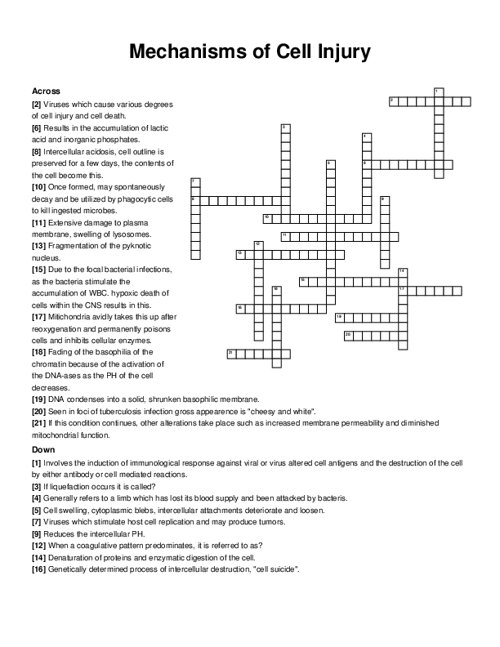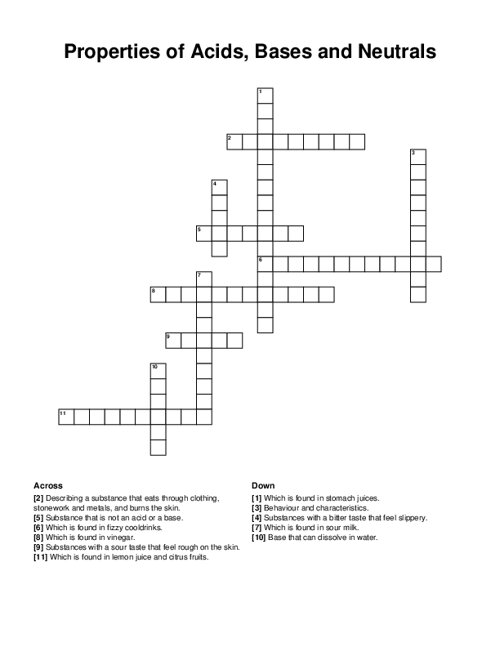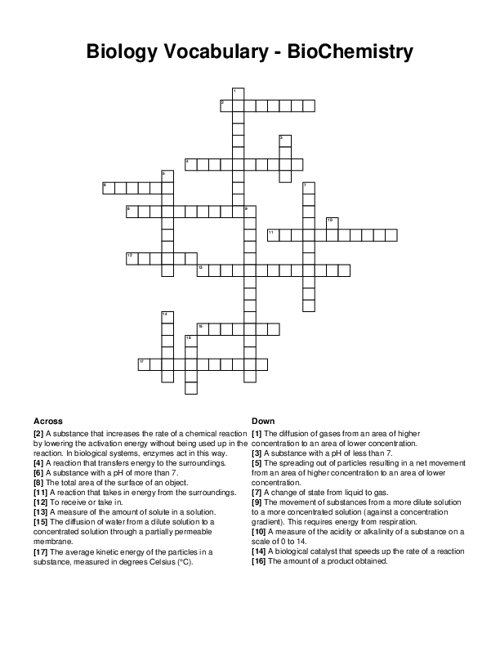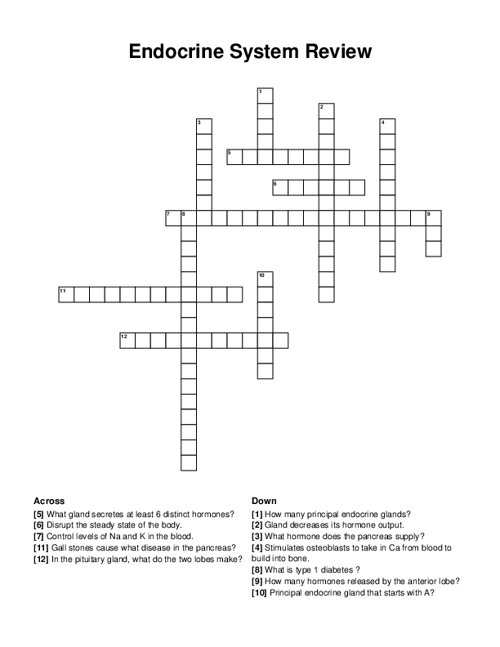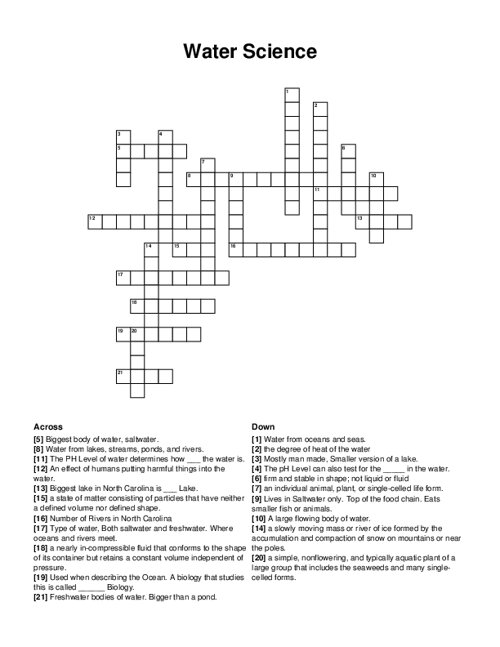Mechanisms of Cell Injury Crossword Puzzle
Download and print this Mechanisms of Cell Injury crossword puzzle.
QUESTIONS LIST:
- gangrenous : generally refers to a limb which has lost its blood supply and been attacked by bacteris.
- hypoxia : if this condition continues, other alterations take place such as increased membrane permeability and diminished mitochondrial function.
- caseous : seen in foci of tuberculosis infection gross appearence is "cheesy and white".
- karyorrhexis : fragmentation of the pyknotic nucleus.
- acidosis : reduces the intercellular ph.
- karyolysis : fading of the basophilia of the chromatin because of the activation of the dna-ases as the ph of the cell decreases.
- cytolytic : viruses which cause various degrees of cell injury and cell death.
- apoptosis : genetically determined process of intercellular destruction, "cell suicide".
- calcium : mitichondria avidly takes this up after reoxygenation and permanently poisons cells and inhibits cellular enzymes.
- dry gangrene : when a coagulative pattern predominates, it is referred to as?
- wet gangrene : if liquefaction occurs it is called?
- glycolysis : results in the accumulation of lactic acid and inorganic phosphates.
- necrosis _ : denaturation of proteins and enzymatic digestion of the cell.
- cytopathic : involves the induction of immunological response against viral or virus altered cell antigens and the destruction of the cell by either antibody or cell mediated reactions.
- vacuolization : extensive damage to plasma membrane, swelling of lysosomes.
- reversible injury : cell swelling, cytoplasmic blebs, intercellular attachments deteriorate and loosen.
- oncogenic : viruses which stimulate host cell replication and may produce tumors.
- pyknosis : dna condenses into a solid, shrunken basophilic membrane.
- liquefactive : due to the focal bacterial infections, as the bacteria stimulate the accumulation of wbc. hypoxic death of cells within the cns results in this.
- free radicals : once formed, may spontaneously decay and be utilized by phagocytic cells to kill ingested microbes.
- coagulative : intercellular acidosis, cell outline is preserved for a few days, the contents of the cell become this.
